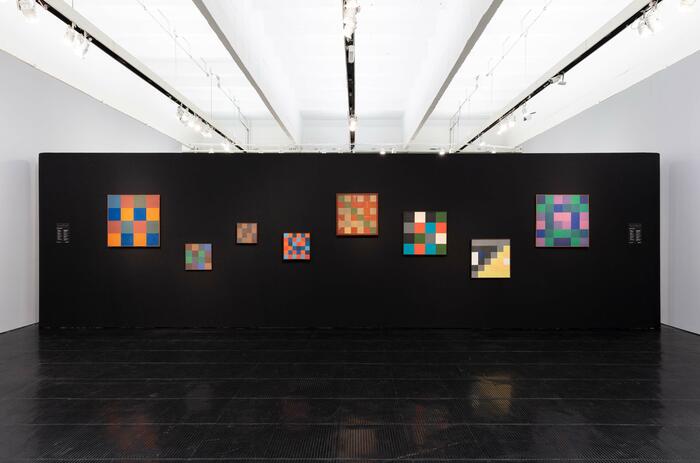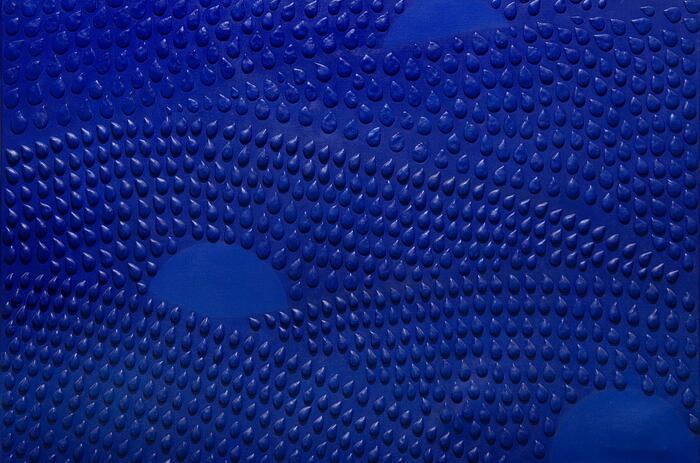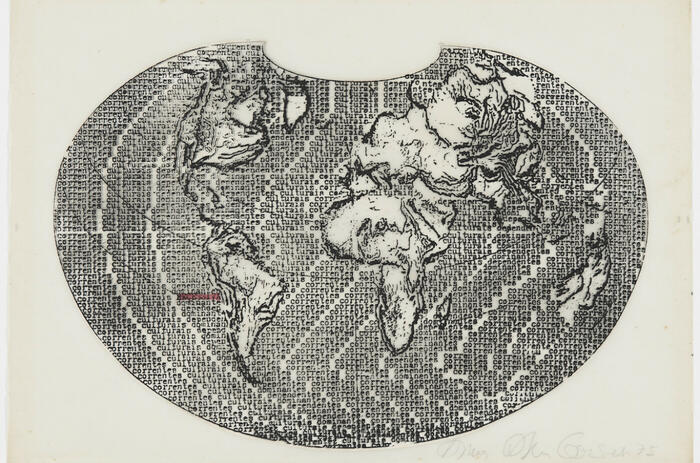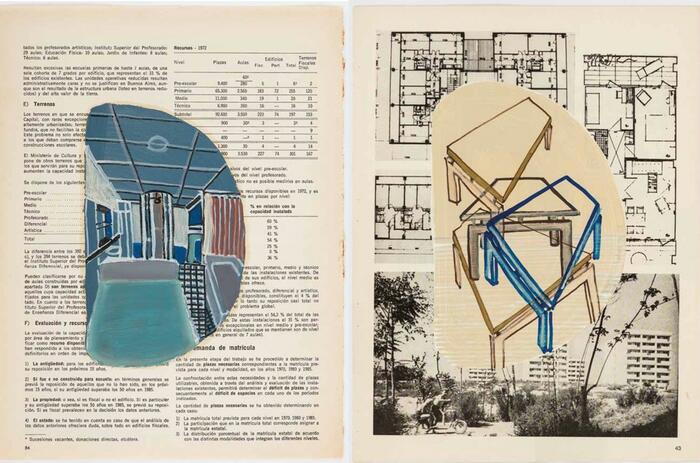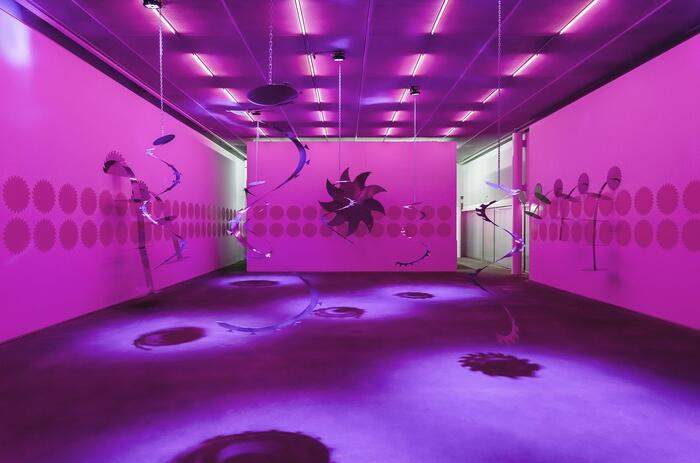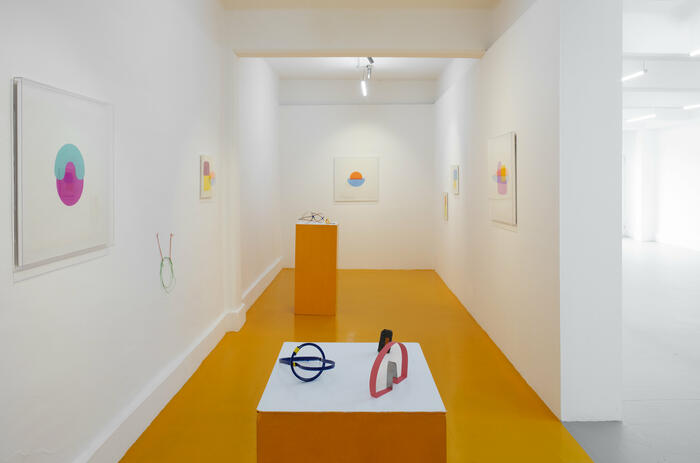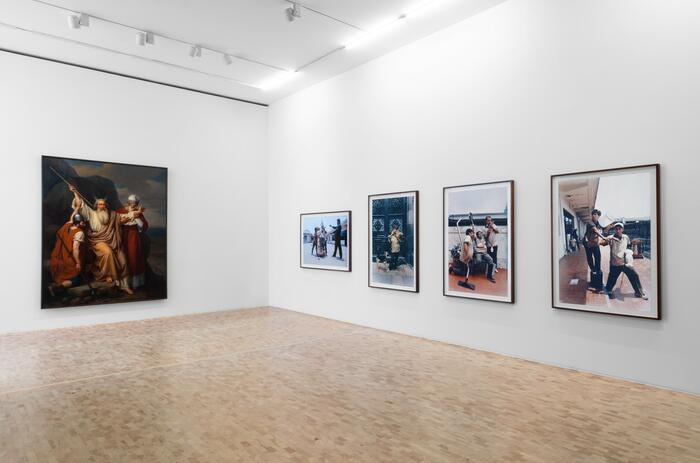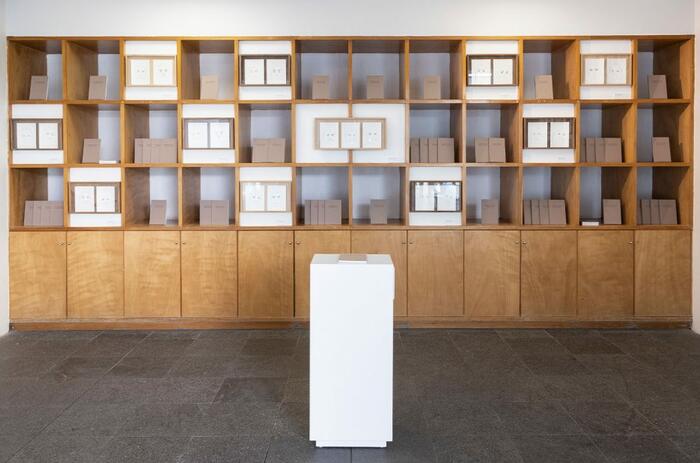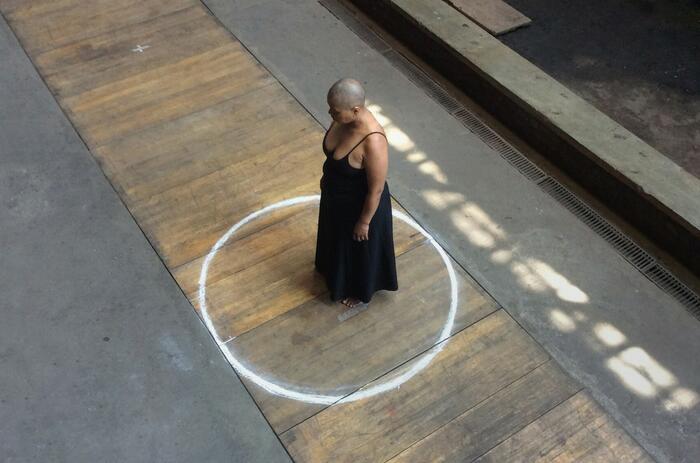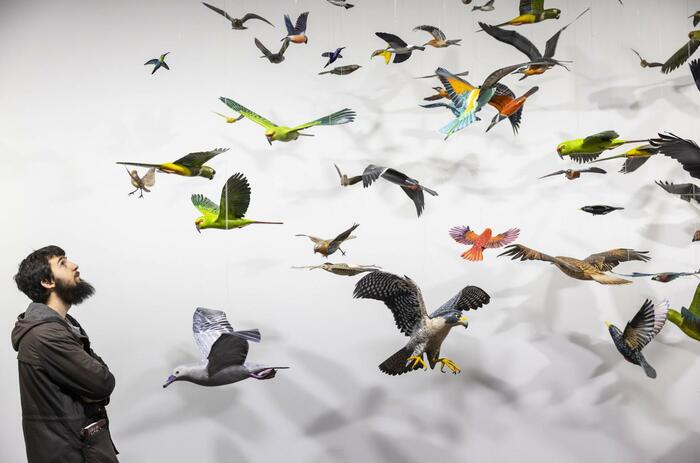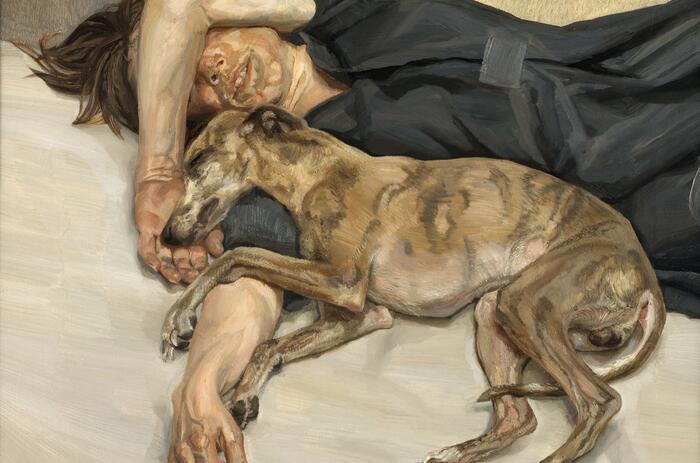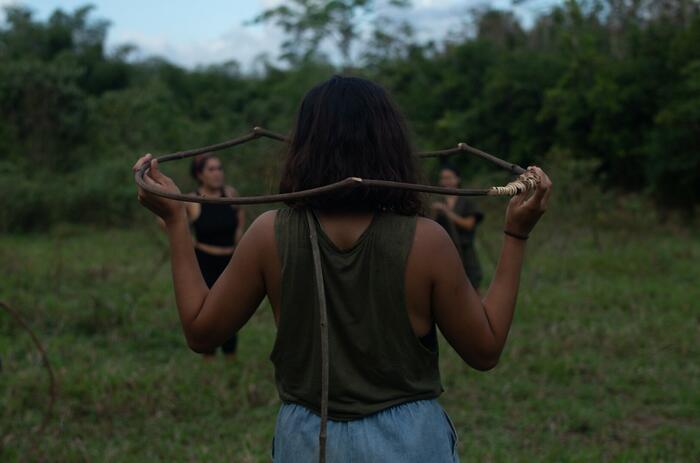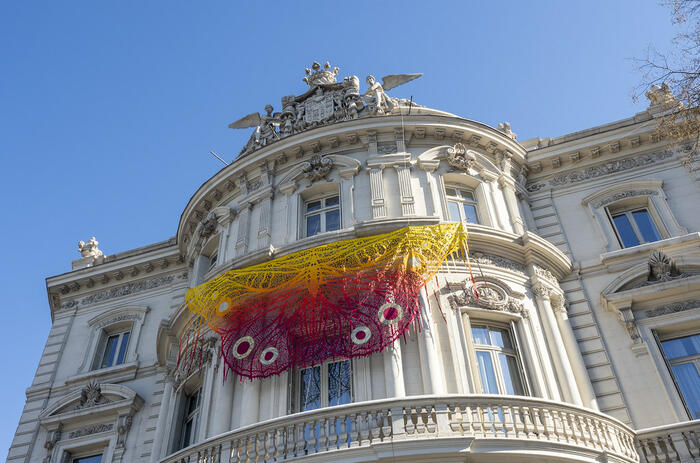MARGARITA RITA RICA DINAMICA: THE EXHIBITION AT REINA SOFIA MUSEUM
The exhibition Margarita Azurdia. Margarita Rita Rica Dinamita is the first monographic exhibition in Europe dedicated to Margarita Azurdia (Antigua Guatemala, 1931 - Guatemala City, 1988), one of the most emblematic Central American artists of the 20th century.
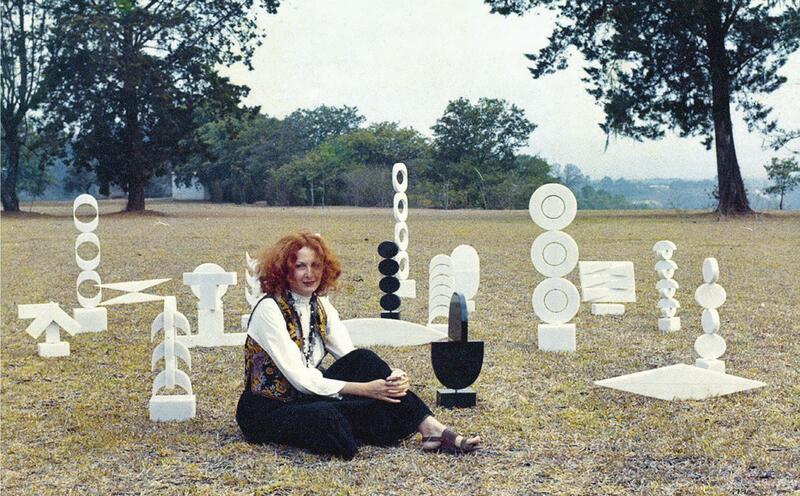
The exhibition delves into the artist's career with an extensive tour that includes painting, sculpture and non-object art, as well as some of the artist's books made with drawings, collages and poems. From a retrospective viewpoint, the exhibition provides an insight into the panorama of modern and contemporary art in Guatemala, and invites visitors to explore the creative metamorphosis experienced by the artist between 1960 and the mid-1990s. It also shows the multiple changes of name under which she signed her works over the years.
From the mid-1960s and the beginning of the following decade, Azurdia ventured into geometric forms inspired by the indigenous textile designs of Guatemala, which she applied mainly to painting. Her Geometric series was exhibited at the DS Gallery in Guatemala City in 1968. Two years later, the artist received an honorable mention at the X Biennial of São Paulo for her series Asta 104 (1969) –large sculptural paintings– as a questioning of the discipline itself.
Like other Latin American artists active at that time, and in line with formal and conceptual concerns at the international level, Azurdia was interested in actively integrating the public in his works. At the II Bienal de Arte Coltejer (1970), in Medellín, the artist left behind her eminently pictorial work and adhered to the spirit of the times with the installation Por favor quitarse los zapatos (Please, take off your shoes), created for the occasion, inviting the public to enter a place of sensorial experimentation through performative and interactive elements. At the III Bienal de Arte Coltejer (1972) her series of mobile marble sculptures stood out for being subject to the pulsions of the spectators.
Between 1971 and 1974, Azurdia created an emblematic series of sculptures known as Homenaje a Guatemala (Homage to Guatemala). Composed of fifty direct wood carvings commissioned from artisans specializing in religious figures, the result is a set of assemblages with handcrafted objects, zoomorphic figures and women dressed in boots, rifles and tropical fruits that evoke the altars of the Guatemalan highland villages, where the cultural and religious syncretism that permeates Guatemala's complex history is evident. These sculptures are an example of one of the most radical transformations that opened the way to new modes of expression.
-
Vista de la exposición Margarita Azurdia. Margarita Rita Rica Dinamita, 2022.
-
Vista de la exposición Margarita Azurdia. Margarita Rita Rica Dinamita, 2022.
-
Vista de la exposición Margarita Azurdia. Margarita Rita Rica Dinamita, 2022.
-
Vista de la exposición Margarita Azurdia. Margarita Rita Rica Dinamita, 2022.
-
Las cargadoras de plátanos amarillos, 1971-1974. Cortesía de Milagro de Amor, legado de la artista.
In 1974 Margarita Azurdia moved to Paris, the epicenter of a true revolution of ideas. There, she began to attend circles of women artists who encouraged her to trace a before and after in her own feminine and artistic conceptions. In addition to being absorbed by contemporary dance, she concentrated on writing and illustrating several of her artist's books. Upon her return to Guatemala in 1982 she met artists Benjamín Herrarte and Fernando Iturbide, with whom she formed an experimental dance group called Laboratorio de Creatividad (Creativity’s Lab), in which they channeled their concerns for the exploration of movement, the origins of ritual and sacred dances. After its dissolution in 1985, Azurdia continued to explore the paradigm between art and spirit, giving workshops and delving into the ideas of care and healing linked to nature and the environment, drifts that are also reflected in the painting of the last years of his career, full of disconcerting spontaneous strokes that reflect the reemergence of sensations and memories that mark her personal history.

